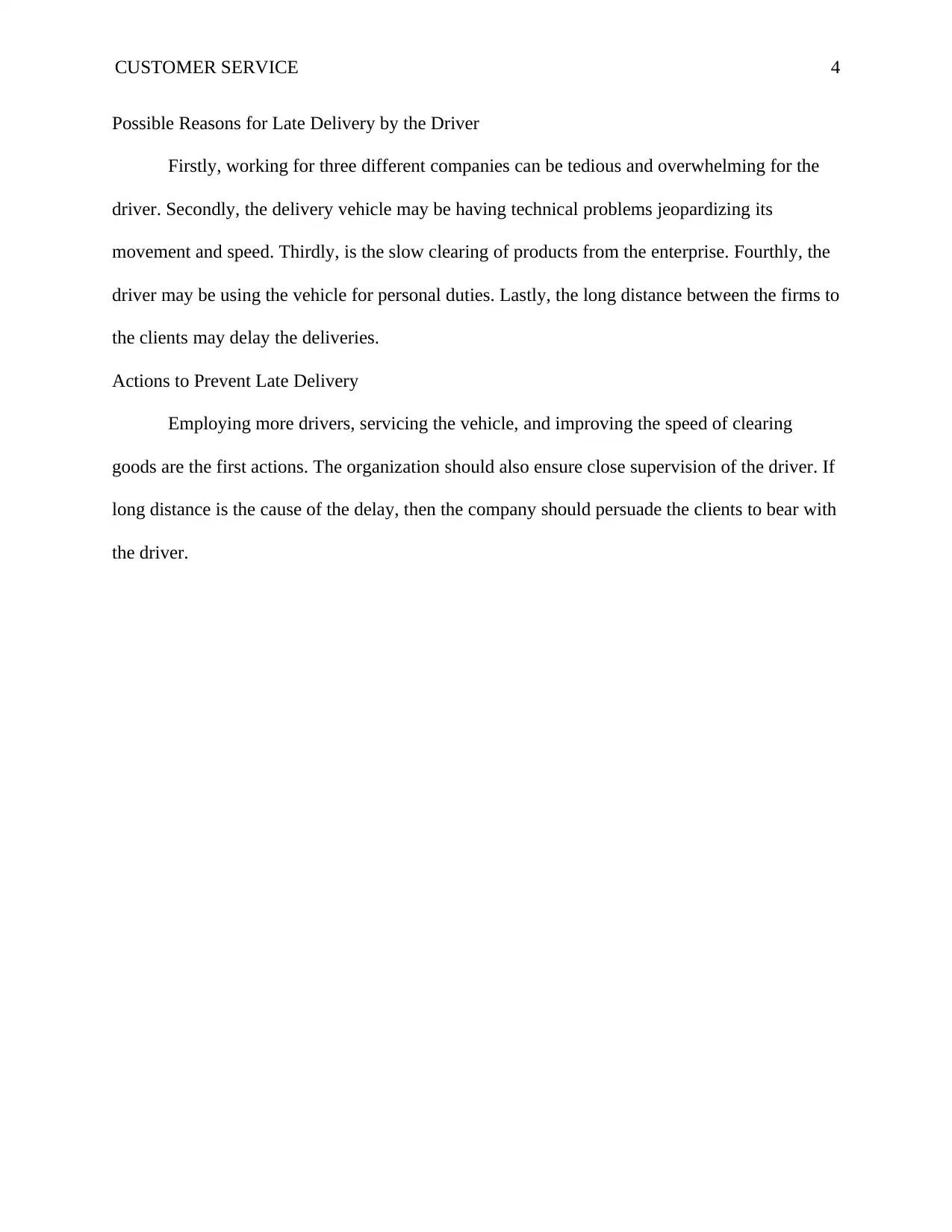BSBCUS501: Australian Hardware Customer Service Report Analysis
VerifiedAdded on 2023/06/03
|5
|747
|378
Report
AI Summary
This report analyzes the customer service strategy of Australian Hardware, addressing internal and external customer requirements. It outlines customer service standards, including timeliness, accuracy, and appropriateness, and details the procedures for implementing these standards. The report also covers the process of handling complaints and grievances, emphasizing the importance of listening, investigating, and providing solutions. Furthermore, it identifies the resources needed for implementation and outlines both short-term and long-term plans for assessing the success of customer care services. Task 2 focuses on a specific customer complaint regarding late deliveries, investigating potential causes such as driver issues and vehicle problems, and proposing actions to prevent future delays. The report incorporates references to support its analysis and recommendations, aligning with the BSBCUS501 Manage quality customer service unit requirements.
1 out of 5











![[object Object]](/_next/static/media/star-bottom.7253800d.svg)